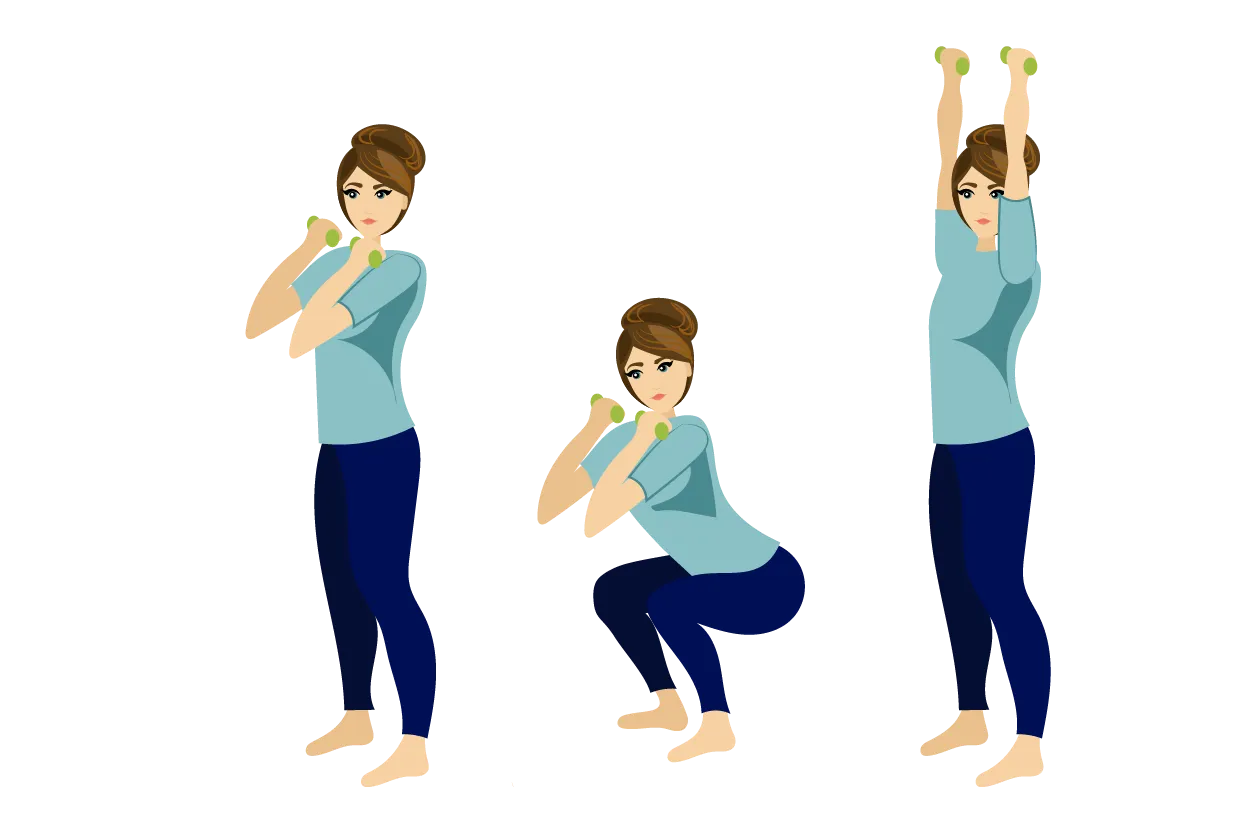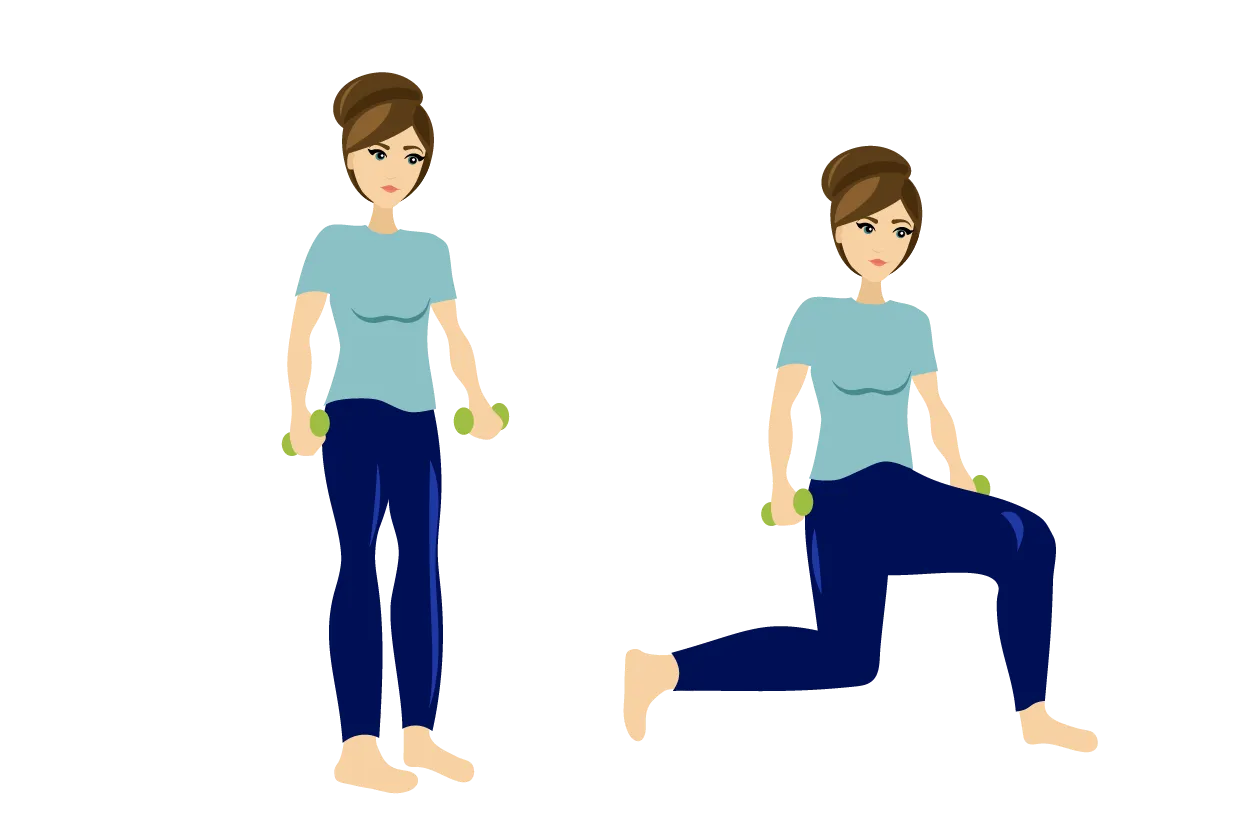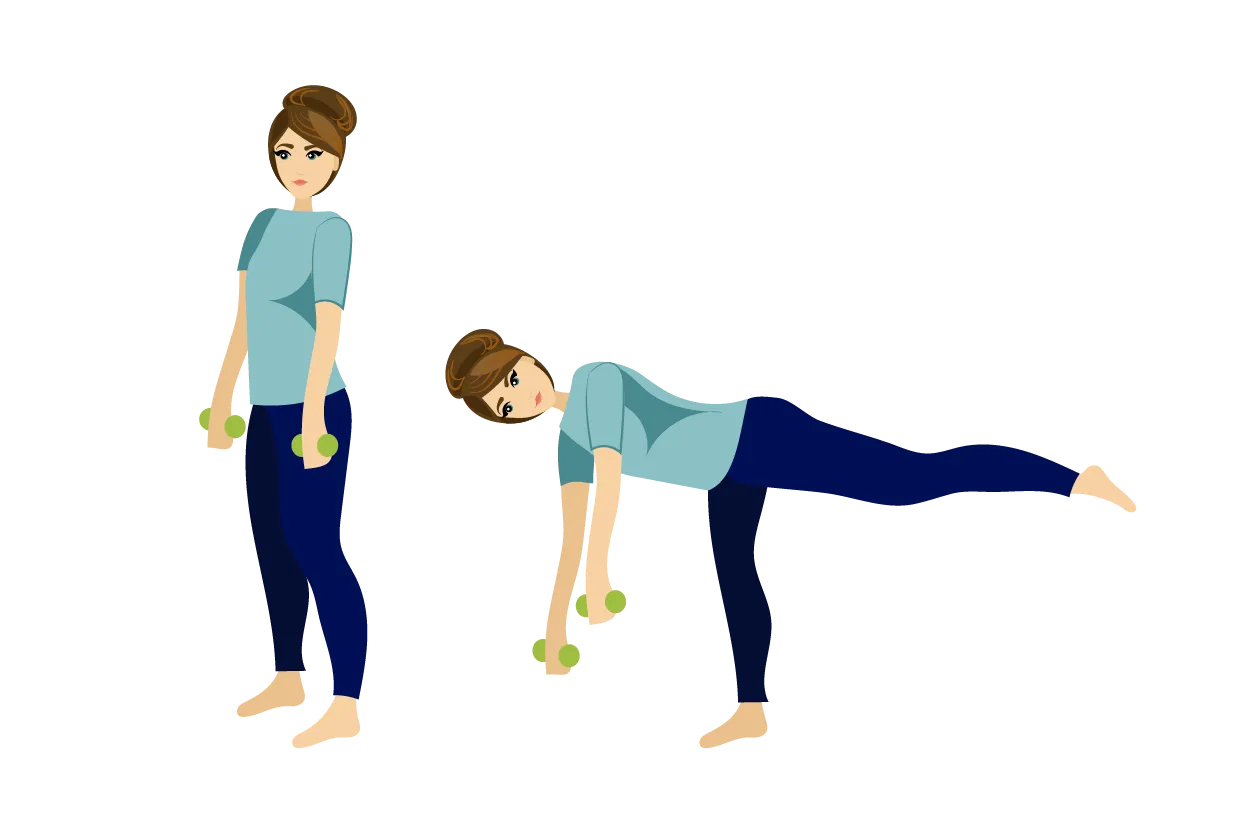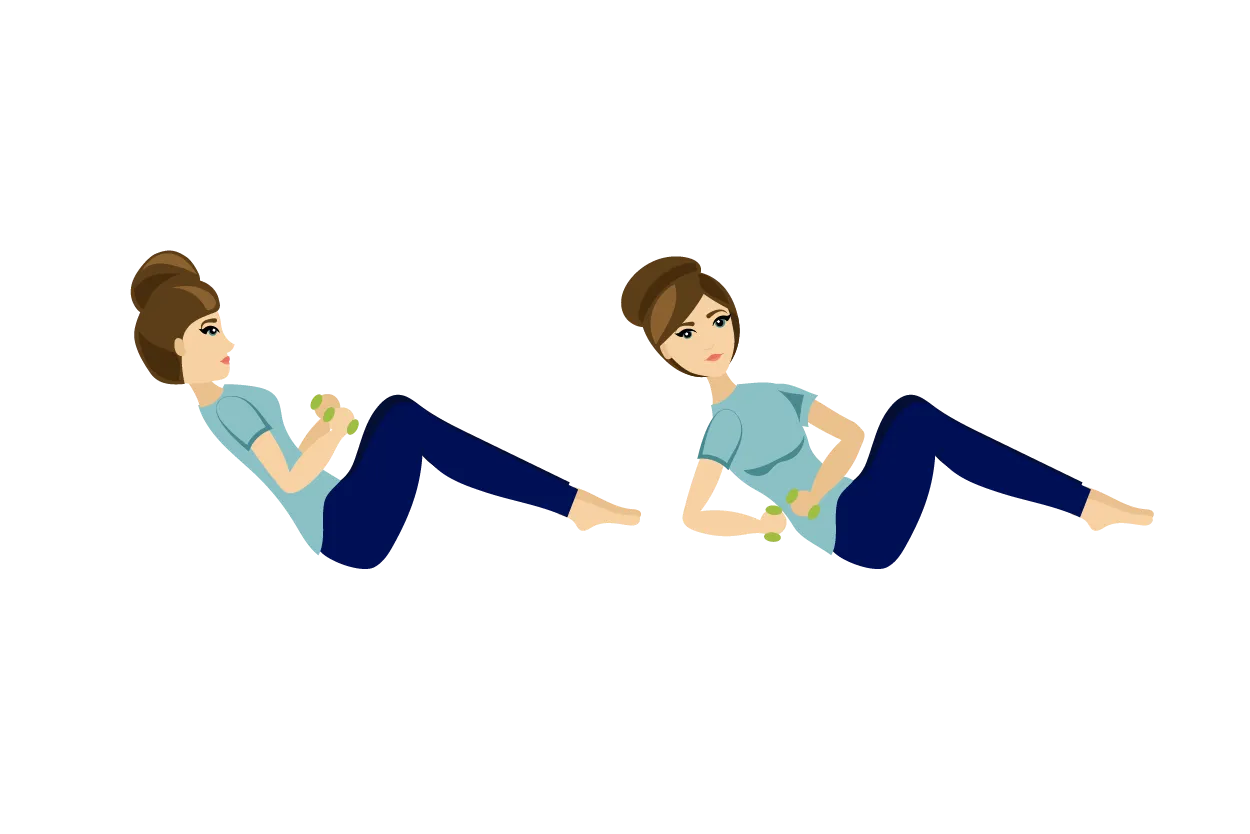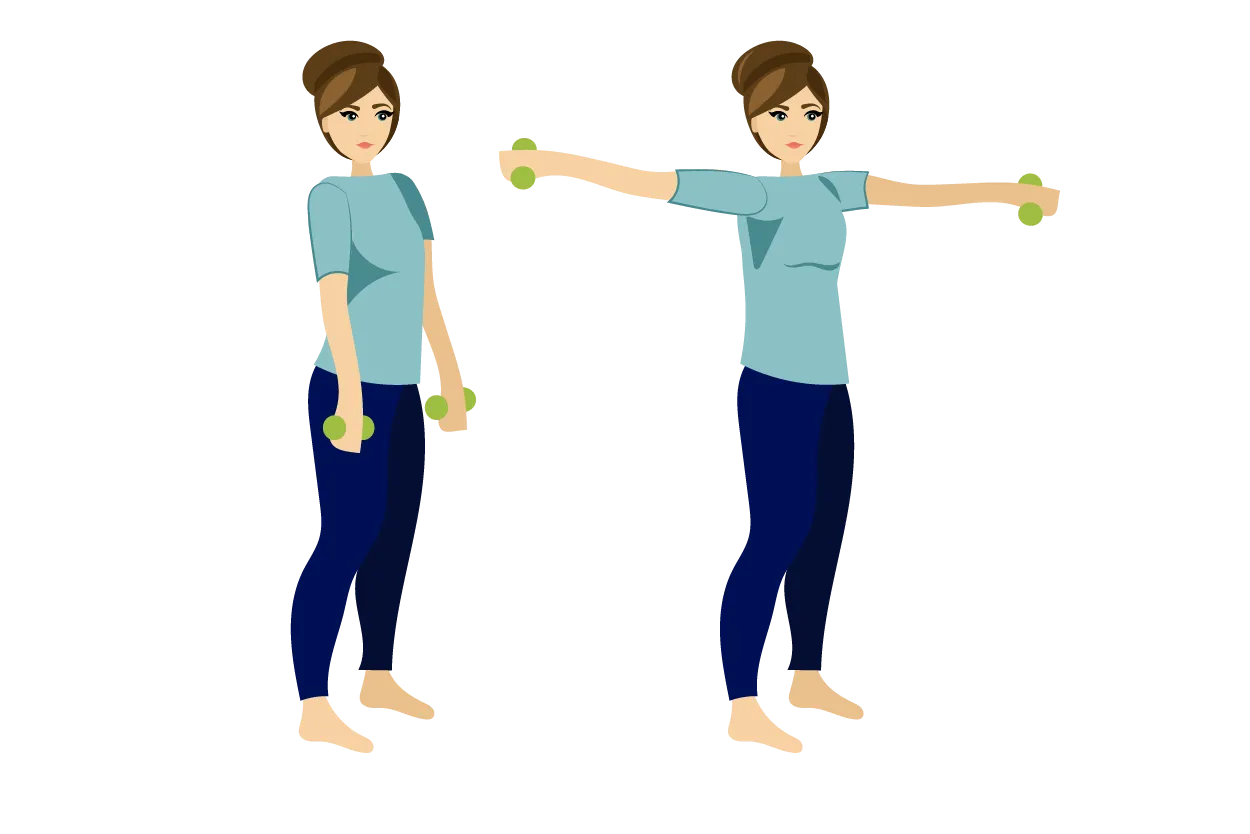We cannot change our actual age. But our biological age depends on our state of health, and that we can improve. If you are in good physical shape, your body may be biologically younger than your actual age.
Your body undergoes natural biological changes as you age. We gradually lose both muscle mass and strength, as well as bone mass. This process is much faster if you are inactive. There is also a physiological change in your pulmonary and cardiovascular circulation, which will affect your fitness.
Fortunately, you can do a lot yourself to improve your biological age. A strong and healthy body contributes to a higher level of function, better quality of life and the ability to remain self-reliant in everyday life.
Exercise and movement make the body stronger and counteract the effects of age. This helps both muscles and bones. In addition to being active, it is also good to avoid smoking, eat healthily and sleep well.
Although the body changes with age, it is never too late to start a healthier lifestyle with exercise in focus.
Below you will find advice on physical activity that will be appropriate for you.



